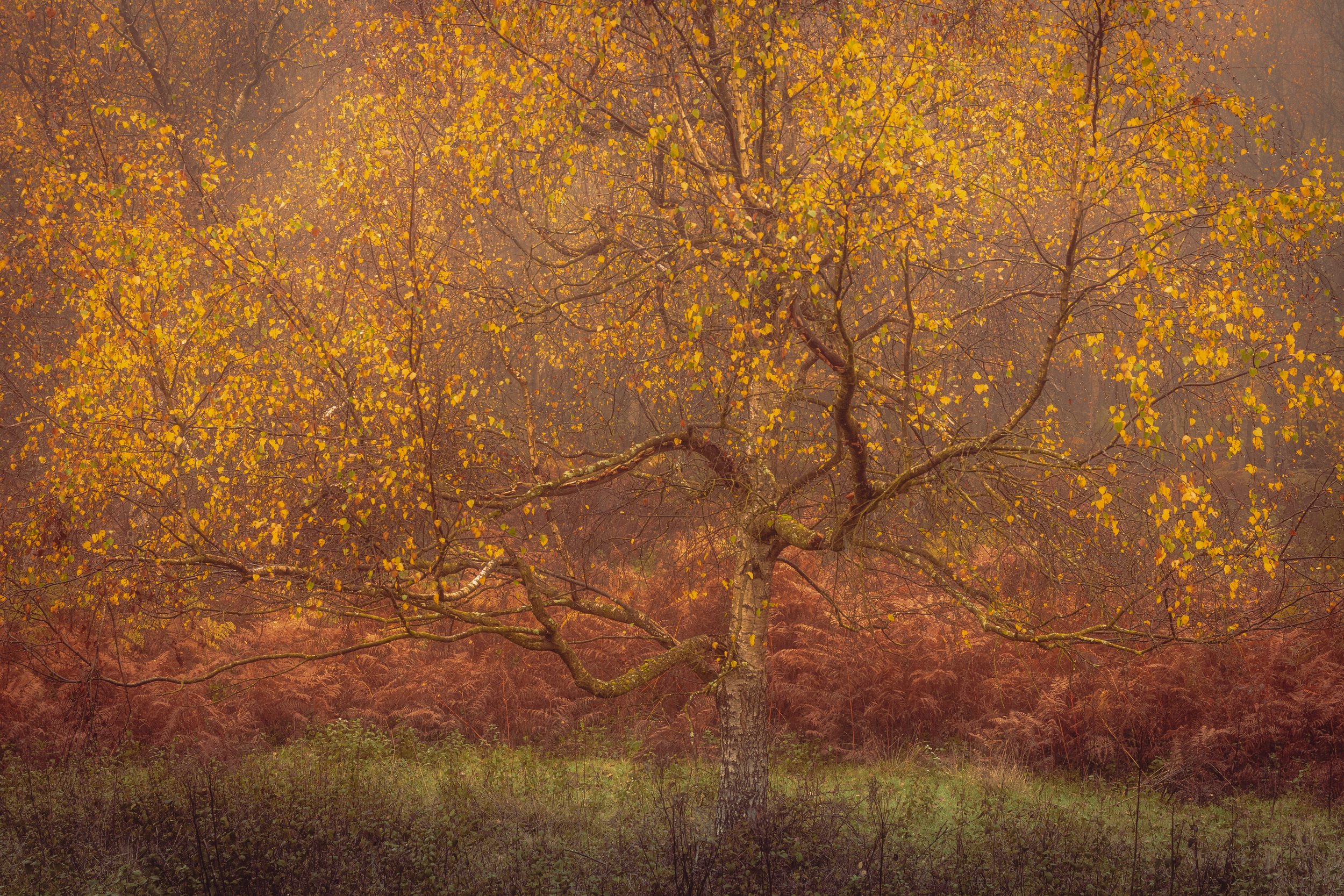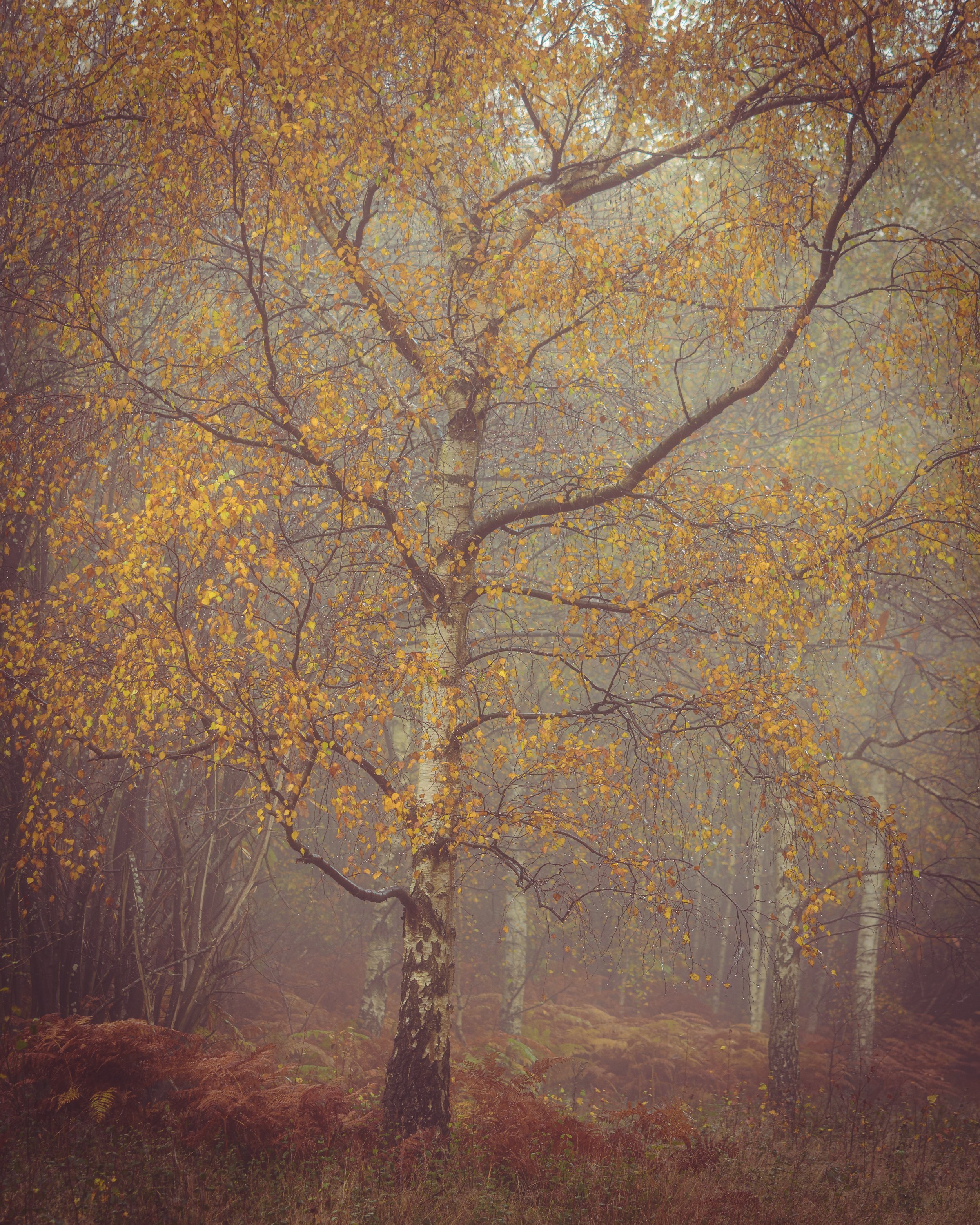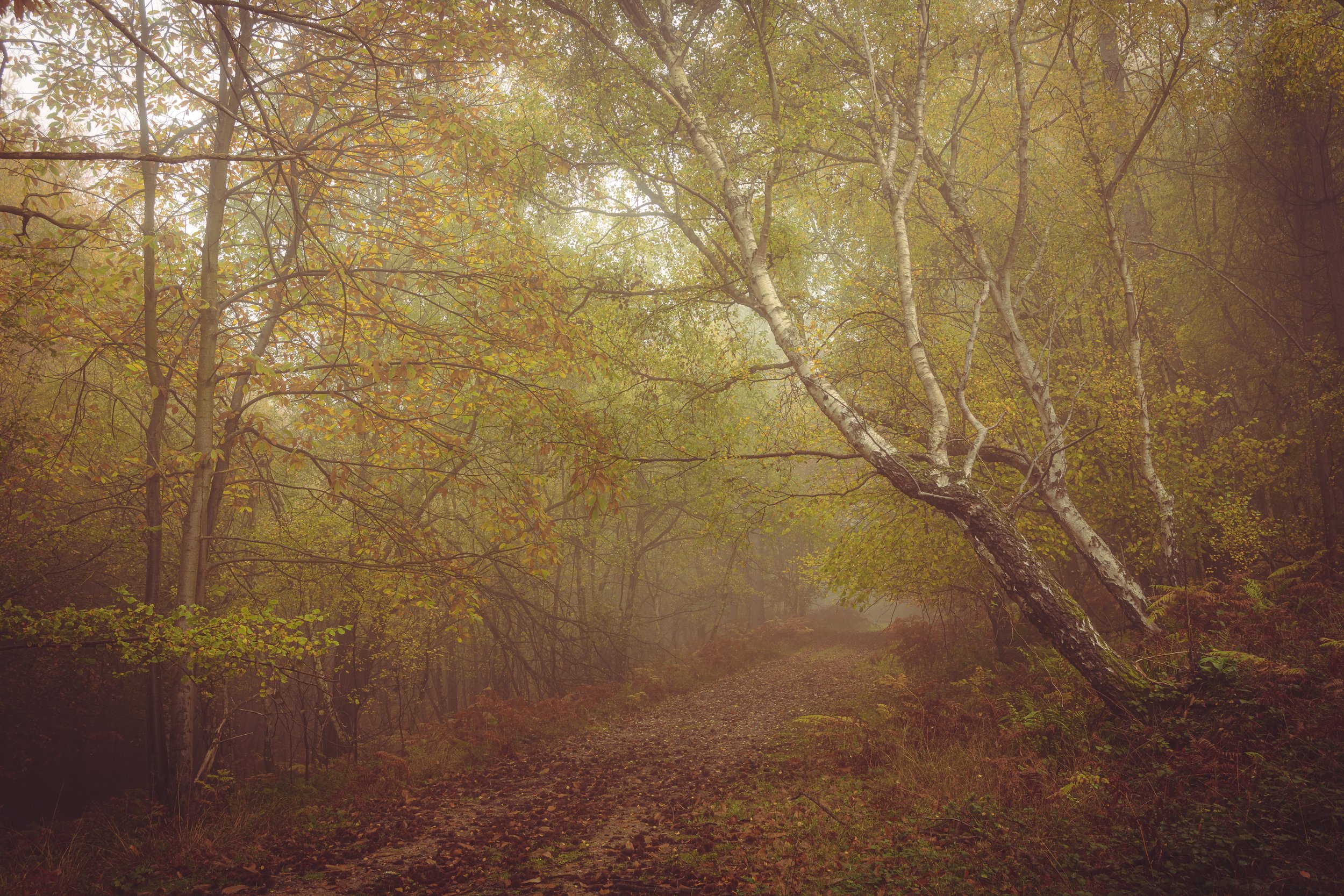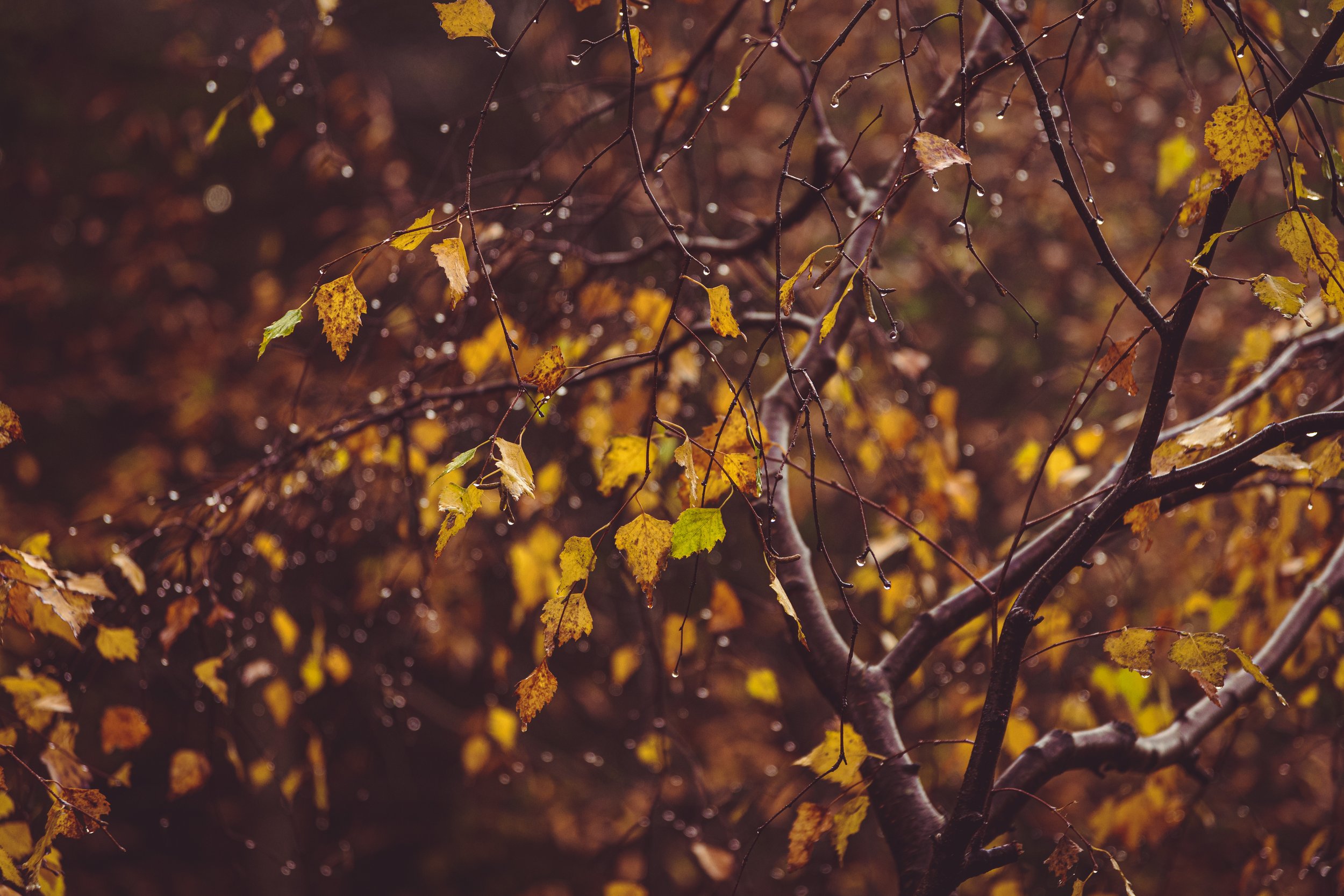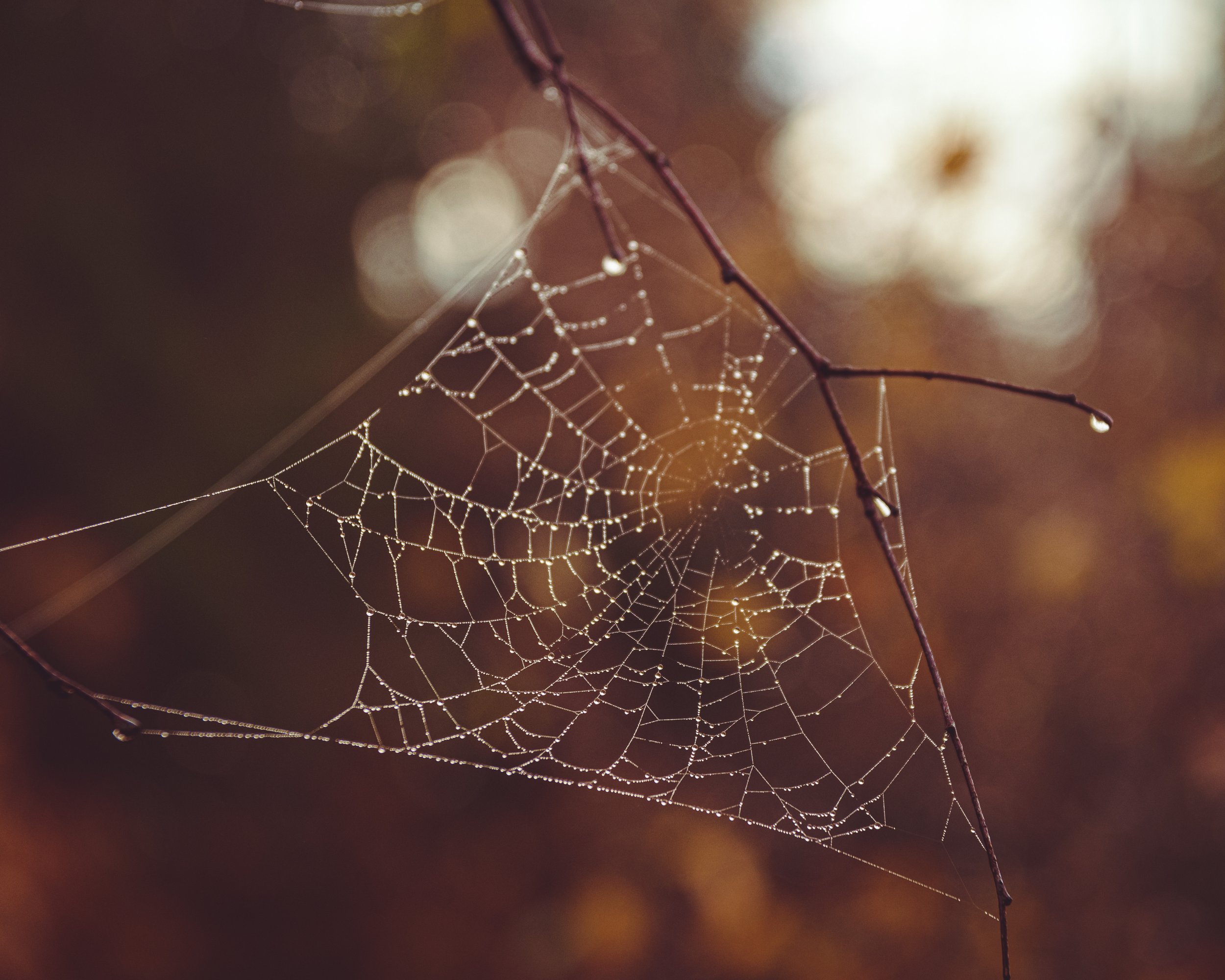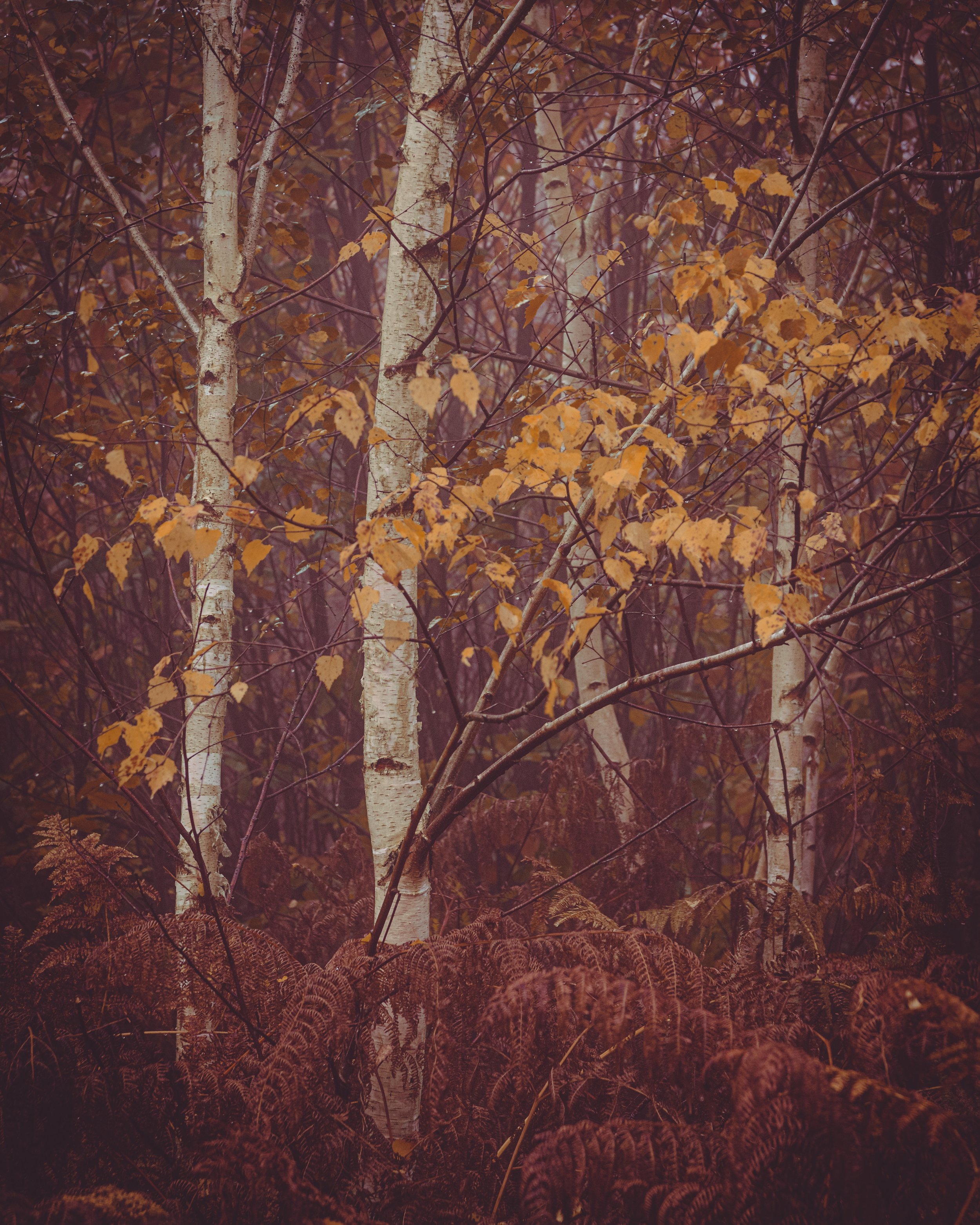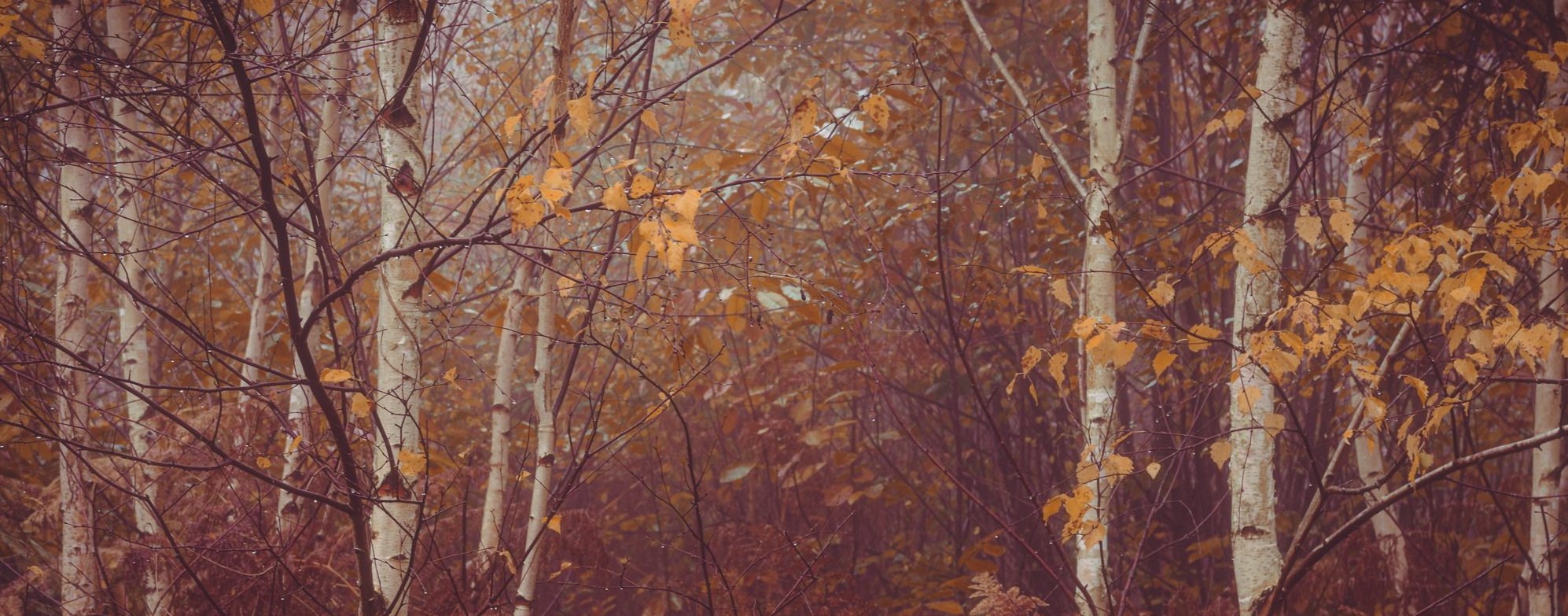I wrote recently about how summer is a tricky time for photography and, as a result, I tend to shift to street photography as I find far more options when I go out than I would do in the landscape. Of course, summer is one thing, autumn is quite another. Autumn has to be my all-time favourite time of year for landscape photography. The colours, the weather, the sheer number of compositions that can be had in the woods…it’s hard to beat.
From the moment October comes around, going to the woods every week becomes my habit. Every Saturday and/or Sunday I spend several hours wandering around, looking for compositions. Quite often the beginning of October isn’t the best, but that doesn’t matter. Even if the colours aren’t right, it’s still important to explore the woods, to seek out new areas, and to find new compositions. If nothing else, spending 3-4 hours in the woods per day is a great way to get some exercise!
Returning back to the same area time and time again can seem quite boring and repetitive. And, well, it can be. BUT. It does also yield benefits. By getting familiar with the landscape, you spot opportunities, you learn about the landscape and how light and conditions affect the scene and, ultimately, it helps you get better photos. Certainly this year I think it has paid off, and I feel I have the best set of autumn photos I have ever managed to capture. Of course, next year I will say that now I have the best I’ve taken, but still, that’s the way of photography I guess…
In terms of what I look for in the woods, it tends to be single trees or collections of trees. I used to take a wide-angle lens and try to capture everything in the scene, but now I am much more focused (pardon the pun). Given the chaos of the woodland, I try to simplify things and try to concentrate on excluding things rather than including them. I find that a helpful way of approaching the scene. And if there is rain or, better still, glorious fog, then all the better to help me to exclude and hone in on particular trees or scenes.
In terms of the editing process, I’ve changed how I do this quite a lot over the years too. Whereas before I liked high contrast images, I’ve moved to softening them quite substantially, particularly with my woodland shots. Now I tend to drop the clarity (whilst keeping some texture) and drop the dehaze and contrast to suit the composition. I find this makes for a more pleasing image and gives it a more painterly feel. Of course, I may sometimes up the contrast, I like to go case by case, but generally soft and low contrast is preferable to hard and contrasty. And if the image warrants it, I sometimes throw in a little Orten effect. Not too much, I don’t like it looking like it’s lifted from a dream sequence, but sometimes a little touch of it really helps.
Now we are nearing the end of autumn and shifting into winter, I’m starting to think about moving away from the woods (unless we have some snow of course!), and towards stormy, windy, cold seascapes and low light abstract street photography. Autumn maybe passing, but there’s still lots to look forward to before the year is out!
